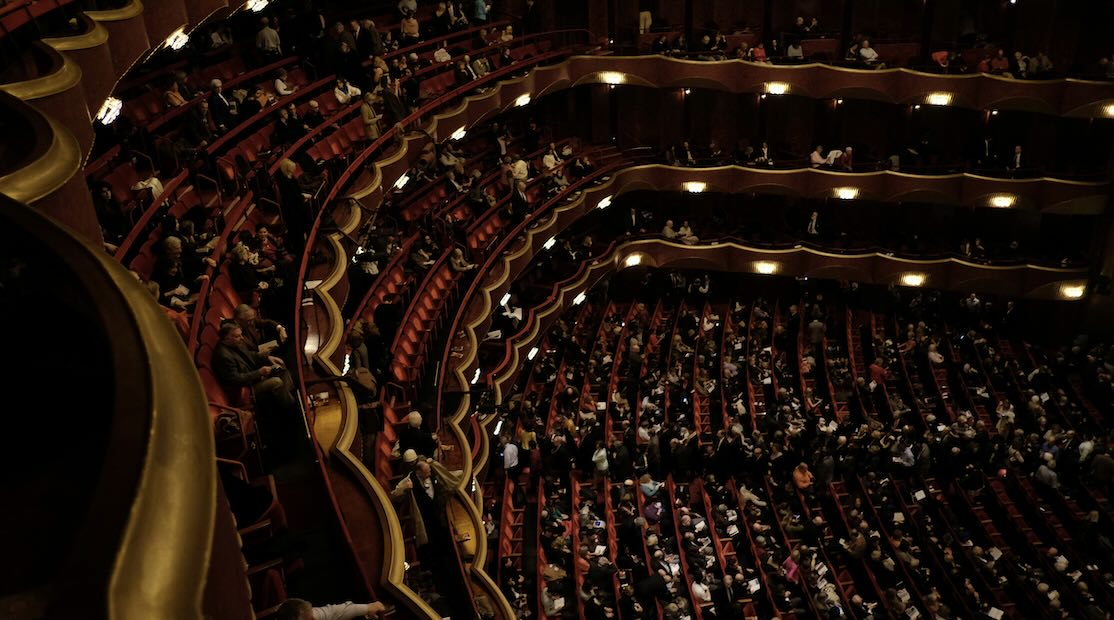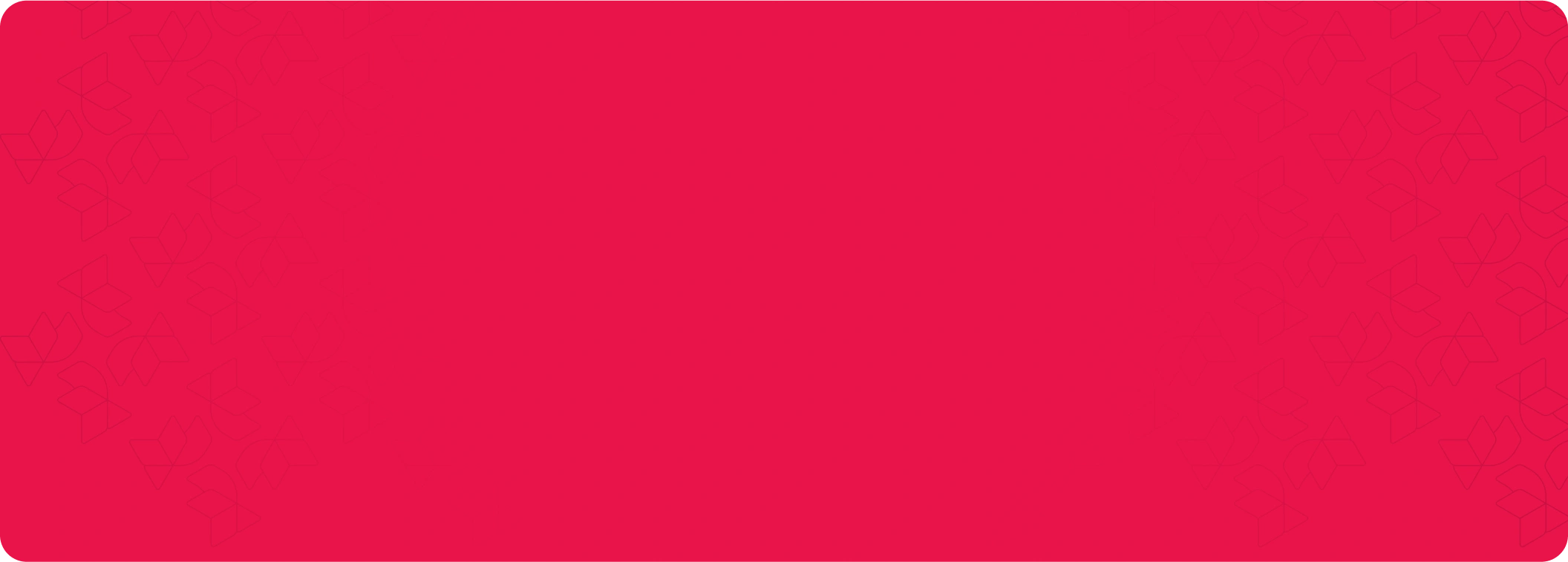For many cultural organizations, a basic ticketing system—one that sells tickets, registers visitors, and manages capacity—was perfectly adequate for years. But the sector is changing. Audience engagement is becoming more digital, ambitions are growing, and collaboration is getting more complex. At some point, the ticketing system no longer keeps up—not because it breaks, but because the organization has moved beyond it.
We spoke with Erik Lesire, CEO of ticketmatic, about the moment cultural organizations hit that limit and why the shift from a basic ticketing system to a full-fledged ticketing platform eventually becomes unavoidable.
When growth starts to hurt
“Every organization reaches a point where daily operations become too big for the system they’re using,” Erik says. A basic ticketing system works fine as long as operations remain simple: it processes orders, manages seats, and tracks visitors. It’s quick to set up, budget-friendly, and practical.
But as the organization grows, small cracks start to appear. In practice, this often looks like:
- financial reporting taking too much time and feeling unreliable
- insights arriving too late or requiring manual work
- new ideas for audience experience or ticket formulas running into system limits
- teams working in separate tools, causing errors and duplicate work
- decisions made on gut feeling because data isn’t available
“That’s the point where you’re no longer talking about software,” Erik explains, “but about how an organization functions.”
From a software choice to an organizational choice
What changes when a cultural organization moves to a mature platform? “The biggest difference is how natural the workflow becomes,” Erik says. “You only enter information once. Everything flows correctly to ticketing, communications, programming, and finance. Less checking, less fixing, more clarity.”
That frees up space for what truly matters. “Cultural organizations rely heavily on energy and flexibility,” he continues. “When the system starts giving that energy back instead of draining it, you feel it instantly.”
Erik illustrates this with real examples. One venue wanted to launch a flexible subscription tied to exclusive benefits—impossible in their old system, but effortless in a platform environment. A regional organization wanted to automate group bookings for schools, including payments, follow-up, and confirmations—something that only became stable within a mature system. “Or organizations that wanted to share audience data correctly between ticketing, CRM, and donation platforms—not to collect ‘more data,’ but to serve their audience better. A mature platform just makes that possible.”
The power of connected workflows
The core difference lies in integration. “A ticketing platform doesn’t stand apart from the rest of the organization,” Erik explains. “It connects domains that used to operate side by side: marketing, reporting, customer service, planning, and financial administration. That connection makes operations smarter and more stable.”
The advantages in day-to-day work are clear:
- information only needs to be entered once
- data flows automatically between teams and systems
- errors and duplicate work decrease significantly
- reporting becomes faster and more reliable
- audience communication becomes more consistent and personal
- the overall workflow gains calm and transparency
Mobile technology also plays a major role. “Today, the ticket lives on the smartphone—not in a PDF,” Erik says. “That changes everything: fewer phone calls, fewer lost tickets, faster entry, better data quality. And a mobile experience that feels professional and caring. That contributes to your reputation just as much as a welcoming foyer.”
Data that supports the work instead of creating more work
A mature platform doesn’t magically make you know everything about your audience. “It’s not a magic machine,” Erik emphasizes. “What it does is create a reliable foundation. Information becomes central, correct, and usable. Data supports the work instead of generating extra tasks.”
From there, each organization chooses its own path. “Some only need clear reports. Others add dashboards, automation, or segmentation. It’s about possibilities, not obligations.”
Openness as a future strategy
The cultural sector is diverse, and that demands flexibility. “What works for a jazz club doesn’t necessarily work for a city theater,” Erik explains. “That’s why a platform must be open and connectable. It should say: follow your own path—we’ll support it.”
That philosophy also led to the creation of ticketmatic Studio, where expertise in integrations and custom solutions comes together. “A mature sector doesn’t require digital tools to be uniform. That diversity is actually a sign of maturity.”
No turning back
When asked whether organizations ever return to a simpler system, Erik is clear: “In our experience, never. Not because the old system was bad—it served its purpose—but because the gains in clarity, flexibility, and quality are simply too big. Going back would feel like working with loose scraps of paper again.”
His advice to hesitant organizations? “Make the move when you feel you need it. Not because you ‘have to,’ but because your organization is asking for more control, more freedom, and a stronger audience relationship. Technology should support that—and sometimes even strengthen it.”
The essence
A full-fledged ticketing platform does more than sell tickets. It connects people, processes, and insights. It makes audience engagement lighter, not heavier. And above all, it gives cultural organizations the space to grow on their own terms.
Download: 7 signs your ticketing system no longer fits your organization
This checklist helps cultural organizations quickly assess whether their ticketing system still supports their growth and digital operations.
Value of this checklist
- Provides a clear view of where your current ticketing system may be slowing down your organization.
- Shows where processes could be more efficient, integrated, and less error-prone.
- Helps you determine whether your digital foundation is ready for new audience ambitions and collaboration.
- Supports a more informed decision between optimizing what you have or moving toward a full-fledged platform.









